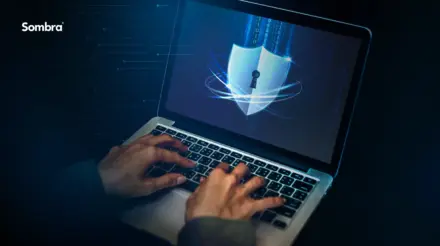Today, only 7% of the world’s money exists in cash, whereas the remaining 93% exists in electronic form. Digital money is available only in digital form, enabling instant transactions through digital communication channels.

How much cash in the world statistics
But we rarely think about digital transactions and their place in our lives. We gathered some interesting facts about money transfers.
A precursor of money transfer
The idea of money transfers originates from China. Although, the purpose was not to move money over the long distance but rather to fill up the lack of metal money. Because of an insufficient amount of copper coins on the market, the government tried to keep coins in the region and ensure they do not move to other places. Such restrictions hurt long-distance trade; thus government implemented so-called Feiqian or “flying money” to ensure smooth transactions for merchants. It was used as a bill of exchange and was the prototype of actual paper money. To some extent, those bills were prototypes of modern money transfers.
Letters of credit issued by Templars also can be persuaded as a precursor of modern cash transfers. Tampers issued letters of credit to pilgrims, depositing their deeds and valuables. This letter allowed pilgrims to “withdraw” personal funds in any Tampler house on their way.
Telegraph that changed the world
The first actual wire transfer was via telegraph in 1871 in the USA. The company that performed the service was Western Union, which in those days was developing telegraph lines. The customer could come to the local Western Union office and “wire” money to another office, where they were paid out to the receiving customer. Wire transfers became so popular that for the first nine months, the company managed to earn nearly $9 000 and till 1892 – $58 000.

Transfers in the blink of an eye
We are used to the fact that the finance industry is hi-tech, but it’s hard to grasp modern technologies’ real scale and speed. Only numbers can give us an idea of how unbelievable the technology world is. Just imagine that the largest global network, BankNet, operated by Mastercard, processes 2.5 million transactions per hour, and authorization for transaction take 130 milliseconds. For comparison: it takes humans two times longer to blink one time. Exciting, isn’t it?
Another breakthrough in the financial field was the development of NFC, a technology ensuring contactless data transactions. Thanks to this technology, we can pay by holding the phone close to the card reader.

Mobile operators take over banks
Financial services take unexpected forms, making bank transfers possible without knowing the recipient’s account number. Service Interac enables users to send or request money directly to another person by email or phone number.
Although big players in the payment market are not lagging behind, PayPal allows customers to send money to anyone with an email address or mobile number. But to receive the payment, the receiver should create a PayPal account. Also, in the USA, Facebook launched money transfers via its Messenger app. Users must set up a debit card on their account to make transfers.

Mobile operators take over banks
Mobile providers have occupied the niche of money transfers in countries with undeveloped bank systems. For example, M-Pesa is a branchless banking service where customers can deposit and withdraw money from a network of agents, including airtime resellers and retail outlets acting as banking agents. Phone numbers are linked to the user accounts, so it’s possible to withdraw money from every local branch. M-Pesa, which has about 25 million users, is popular in Africa and Asia. In addition to transferring funds between users locally and internationally, it has such opportunities as payment for purchases and deposit money.
Summary
Money transfers have undergone drastic changes. From flying cash to wire transfers, NFC, and now – social media apps and mobile operators managing them.
The COVID-19 pandemic has enabled yet another transformation of the finance industry. People needed to send and receive money without leaving their homes. Many traditional financial services are now supplied as “plug and play” elements embedded in digital ecosystems.
So, what will be the next breakthrough in money transfers?
What’s Next: How Sombra Supports the Future of Money Movement
At Sombra, we help financial service companies modernize their systems and accelerate digital innovation.
From real-time payment platforms to secure, compliant backend modernization, we design and deliver scalable solutions that meet the speed of change.
Services we offer to FSI clients include:
- Digital employee experience
- Digital customer experience
- Legacy modernization
- Data engineering
- Business intelligence and advanced analytics
- IT audit and platform enhancement
- IT consulting
- AI consulting











